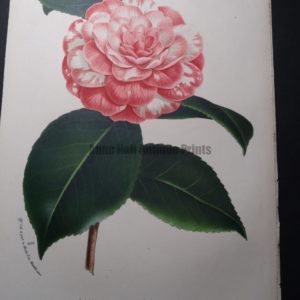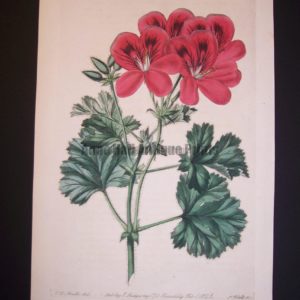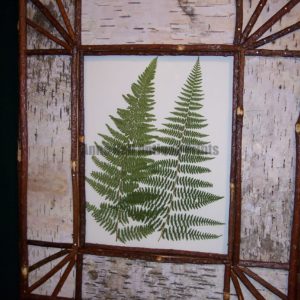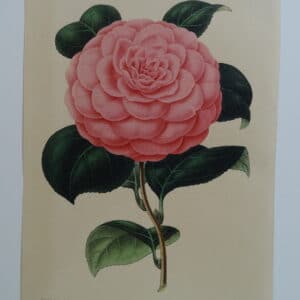Description
Sweet Geranium 229. Stunning Antique Print
Sweet Geranium 229. A Fine Antique Geraniums Print. Robert Sweet’s Geranicea is considered to be the finest work ever published on Pelargoniums, Geraniums. These antique geranium prints are English hand colored copper plate engravings on high quality rag paper. The water coloring is very intense, bright. This Sweet Geranium Print is in exemplary condition. These prints are some the best images of the entire series. Each old print measures about 6 x 9 1/2″
Antique Printing in the Old Days, quickly described:
First came copper plate engraving, about 1560-1830, where a thin copper sheet was attached to a piece of wood, engraved with burins (engraving tools) and inked up soot frequently, printed in black ink onto a rag piece of hand made paper. (Another story all together). Then for color, it was added by hand with water coloring!
Lithography, developed in the 1830’s and used to 1930. Lithography is an antique printing method used extensively from the 1830’s through about 1900. Some lithography was used to about 1930. Mostly for posters, lobby cards, advertising, etc. It was expensive to produce a lithograph in comparison to photograph. Generally a lithograph was printed in one color: Black. A type of greasy crayon was used to draw onto a special type of limestone, with just the right porosity. The limestone generally came from Germany. After the image was completely drawn onto the limestone slab, or plate, with a greasy like pencil, the limestone was emerged into nitric acid, burning away what was not under the greasy crayon, ultimately leaving that portion in relief. It was inked up and printed by a trained individual that did this his entire life… The image frequently was illuminated with water color, another life career, for many women and some men. Later as printing progressed, hand coloring with water colors was replaced with printed colors requiring individual limestone plates for each and every color, hense the word chromolithograph.





